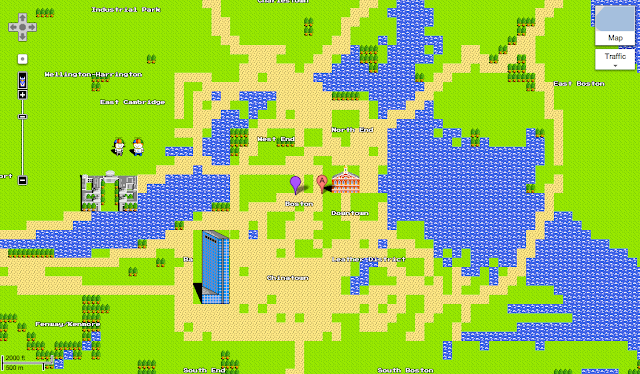So, last night when I was catching the train home from Penn Station, I noticed for the first time that the platforms have these signs on them.
This struck me as mildly hilarious. My first thought was that it was a ridiculous sign for pedestrians, who were going to walk to New Jersey along the train tracks. Or maybe a dickish, passive-aggressive sign for people who were complaining about the trains: “Yeah, well, if you don’t like the train schedule, why don’t you just walk to Secaucus!”
My second thought, which I found much more charming, was that this was a sign for the trains themselves. You know, like, the train is ready to leave the station, but it has forgotten which way New Jersey is. Of course, train tracks are more-or-less one dimensional, and Penn Station is the end of the line for the New Jersey Transit trains, so there really is only one way to go when you’re leaving. Somehow that makes it all the more charming to me that these trains need a reminder of which way to go.
Silly trains!
Finally it occurred to me that the signs were so that the passengers would know which end of the train was the front. You see, some of the stations have platforms that are not as long as the train is, and I believe that the trains have a regular pattern of whether they have the front end or the back end of the train hanging off the end of the platform. For example, you can’t get off at our station from the rear three cars of the train. More advanced users probably know which end of their platform they need to be on to get their home (or car, or bus stop) with maximal efficiency. Knowing the orientation of the train allows them to optimize their seat choice.
When I realized that I had used my reasoning powers to reject the comically-geographically-impaired-anthropomorphized-trains hypothesis, I could not help but feel that my education had failed me.




